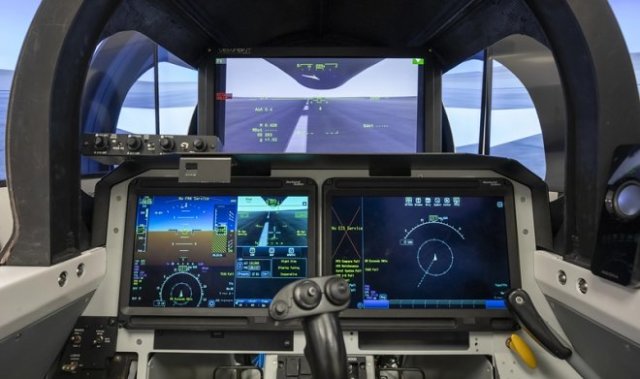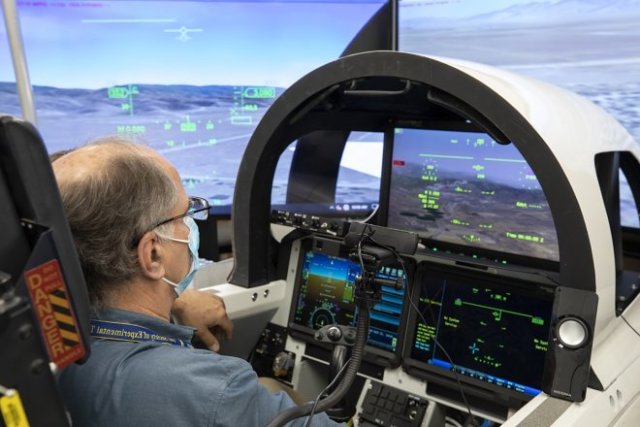
Digital screen
Specialists of the NASA research Center in Langley, Virginia have completed tests of the external Vision system XVS (eXternal Vision System) with a 4K video screen, which will replace the front glass of the cockpit of an experimental supersonic aircraft built using the so – called "quiet supersonic technology"-X-59 QueSST.
If we recall the first passenger supersonic aircraft-the French Concorde and the Soviet Tu-144, then the problem of improving the view during landing and takeoff was solved by partially lowering their nose. The developers of the X-59 went further. For its elongated nose, the previous method is not suitable, and it was decided to replace it with a video screen and an additional display that provides a full front view during takeoff and landing.

Digital screen
During the flight tests, NASA specialists installed a camera, an XVS system on a special platform on the Beechcraft King Air UC-12B twin-engine turboprop aircraft, which contained computer processors, network equipment, elements for transmitting video and electricity. The crew consisted of two pilots, with one flying the plane visually, and the other looking at the XVS screen. As a result of a series of test flights, the engineers conducted a parallel comparison of the actions of both pilots, measuring the time required for each of them to press a certain button at the time of target detection. The specialists tested the platform for vibration resistance and made sure that it would not fail in flight on the X-59, and also collected the necessary information to adjust the design when it was installed on an experimental aircraft.
